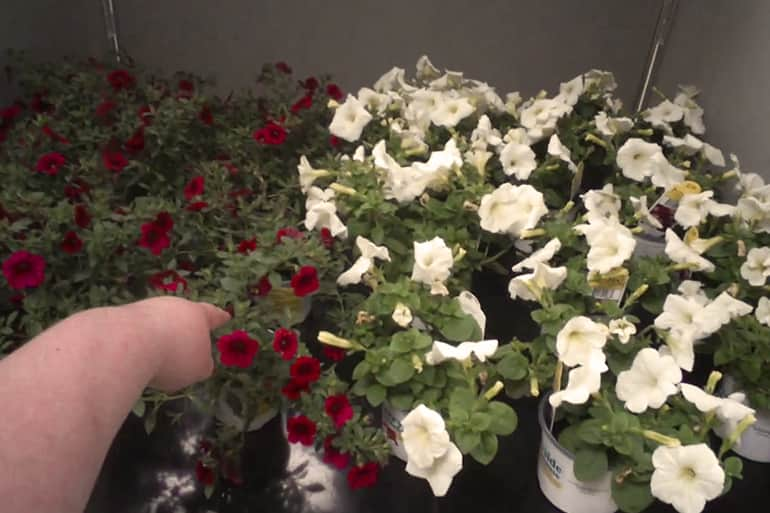The answers behind purchase decisions may lie in the eye of the beholder according to a recently funded interdisciplinary study involving the Michigan State University departments of Advertising and Public Relations and Horticulture.
Beginning early 2017, Professor of Retailing Patricia Huddleston will join Professor of Horticulture Marketing Bridget Behe in leading a student research team that will use eye-tracking technology to investigate how people make product choices—in this case, plants. The two-year project recently received a Federal State Marketing and Improvement Program grant for $136,000 through the United States Department of Agriculture.
"I've always been interested in what happens at the moment of truth," Huddleston says. "It's fascinating to looked at what consumers do when they are actually picking a product off a shelf or a rack. The context here are plants, but you can apply this research to any type of product."
Huddleston explains that much of the success of retailing depends on getting things right—or the science of finding the right mix of product assortment, pricing and merchandising that attracts and entices consumers. The recently funded study, she says, will look at how merchandise—specifically selections of herbs or flowering annuals—is presented at the point of purchase, and how information in displays affects consumer behavior.
The study will be conducted on campus the first year, then migrate to retail settings in mid-Michigan in 2018. Huddleston and Behe will construct displays that vary in product volume and complexity, and then enlist subjects to pick a particular plant for purchase. Participants will wear second-generation Tobii eye-tracking glasses during their retail experience, which enables researchers to gather and analyze data about what shoppers look at, for how long, and in what sequence before making their purchase decision. Participants will also complete a questionnaire to further assess cues and previous product involvement that may influence their decision.
Huddleston says it's exciting to capture physical evidence through the eye-tracking technology, and to translate the results for retailers. Both she and Behe also say the research charts new territory since previous research involving visual gaze path analysis has typically examined highly-packaged products in boxes and bottles—and not minimally packaged products like plants, apparel, furniture and art.
"This project will push us a bit more in our learning because we will capture, manage and relate visual data in a more realistic retail setting," says Behe. "And what better products to explore the shopping process than plants? Besides, if we all planted more plants, the world would be a better place.”
